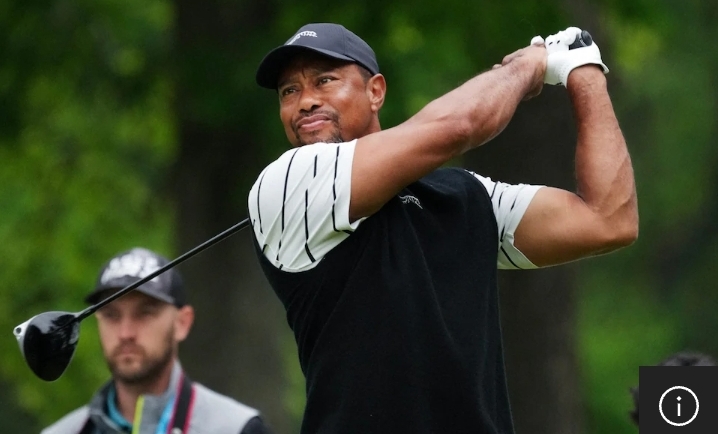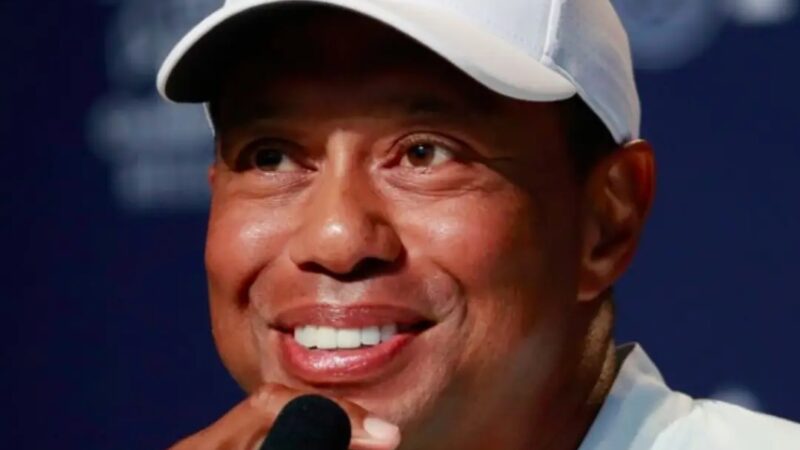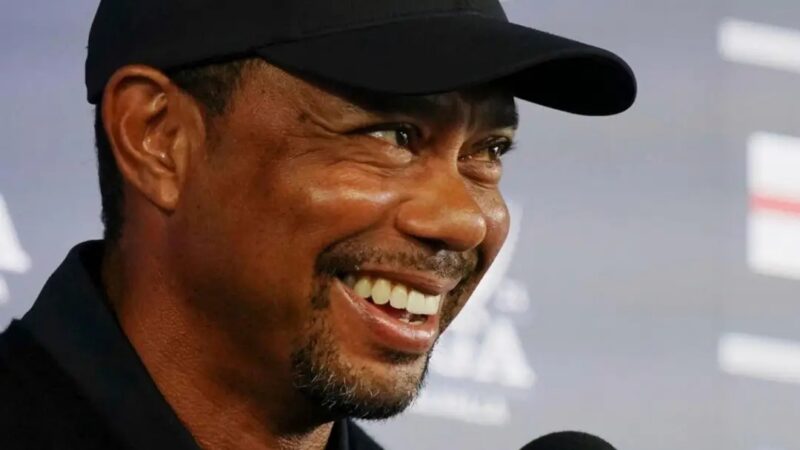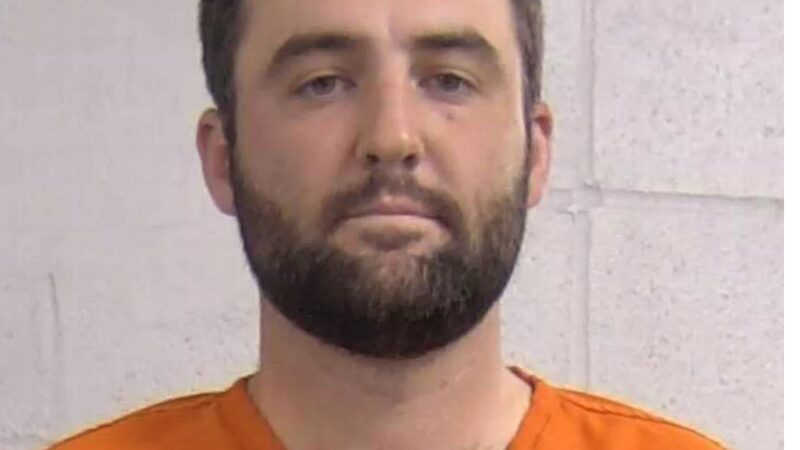TV ratings for the Masters dropped significantly in 2024. Here’s what this means and why golf fans should be concerned. Television viewership for the Masters Tournament is plummeting, but what does this mean for golf?
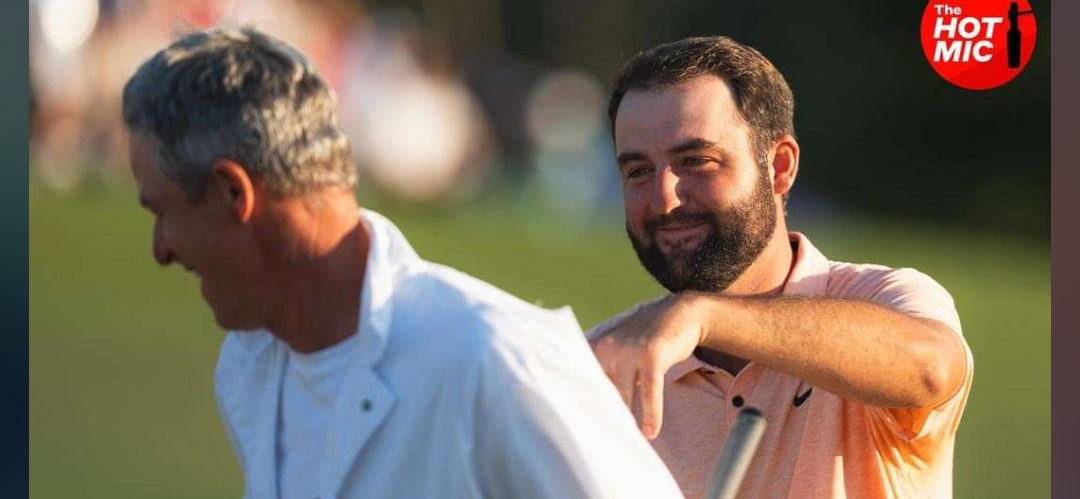
TV ratings for the Masters dropped significantly in 2024. Here’s what this means and why golf fans should be concerned. Television viewership for the Masters Tournament is plummeting, but what does this mean for golf?
Scottie Scheffler’s victory at the Masters caused CBS ratings to drop by 20 percent.
real darren
It turns out that the party least interested in the Masters’ TV audience is…the Masters. As most golf fans know, Augusta National has little interest in maximizing the profits that come from hosting the Masters. If that were the case, the club would either have to charge more than $1.50 for a chili cheese sandwich or charge CBS even more pennies on the dollar to broadcast the tournament each year. Perhaps that’s why outgoing CBS president Sean McManus wasn’t particularly concerned about what last week’s ratings, however high or low, would mean for the tournament or the network.
“I know the Masters will be the highest-rated golf tournament of the year…” he said sheepishly. “That happens every year.”
But the truth is clearly more nuanced. Masters TV ratings may not mean much to Augusta National, but they mean a lot to everyone else in the golf world. Because the Masters is one of the few objective tests of golf’s popularity and the most-watched golf tournament of the year, Masters viewers will also learn about the sport’s television limitations. can. In a year like 2024, when much of professional golf’s ratings are significantly lower, the Masters also tells us a little about the health of the professional golf product as a whole. Now, the pro golfer’s health appears to be deteriorating: On Tuesday morning, CBS released television ratings data showing that Scottie Scheffler’s victory at the Masters was the third-lowest-rated telecast in the tournament’s history (surpassing only the COVID-19-related years of 2020 and 2021). Below is a detailed excerpt from the Hot Mic Newsletter discussing the ranking changes, especially what it means for other players in the sports world following this news. If you’d like to sign up for the Hot Mic newsletter and receive events like this straight to your inbox every week, click the link here or check the box below. We spoke a week ago…
The fact that his CBS Masters broadcast averages less than 10 million viewers shows that golf officially has a TV ratings problem. Only two Masters have ever scored below this rating, and both arrived during Corona 20 and 21. Nielsen outdoor ratings data has evolved over the years and golf’s overall popularity has increased, suggesting that even an “OK” rating would push viewership above the 10 million viewer threshold. .
what happened? Scottie Scheffler’s win on Sunday averaged 9.59 million viewers, according to the latest report from CBS. That’s…well, less than 10 million. And even if out-of-home viewership declined, it still wouldn’t explain the nearly 2.5 million viewer drop after Jon Rahm’s 2023 victory.
problem
Television viewership for Masters Sunday in 2024 will be about 20% lower than last year’s viewership, which is about the same as the PGA Tour’s viewership decline for most of 2024. CBS data shows that the tour’s poor ratings are no coincidence.
But the bigger problem is that golf’s ratings are declining everywhere, even as top players gather and ratings for other sports remain stable. The problem isn’t as simple as the PGA Tour being hit by bad weather, and the solution isn’t as simple as bringing the game’s greatest players together more often, but professional golf seems to have lost some of its audience, and this is bad. It’s news. But James, what about those watching on the Masters app?
Yes, there were a lot of them, but they don’t count toward CBS TV ratings. But the purpose of rankings isn’t to find everyone who watched a TV show on every platform (although that would be nice). Its purpose is to provide a frame of reference for how events occur in relation to historical trends. Numbers help us tell a story.
The CBS Masters numbers mean something to us because we can compare them in context to previous numbers, and those numbers are significantly lower than previous Masters rankings. Of course, there are a lot of audience. But I would be surprised if 20 % of the CBS spectators moved to the Masters application in one year. Maybe 20% of last year’s viewers decided there were better things to do with their time. And why did they decide this? Reason #1
Golf isn’t very appealing as a TV show at this point. Too few stars, too many controversies and headaches, too little clarity about the future of the sport: all of this is a bad cocktail for a group of viewers who make up a fifth of golf’s television audience. It’s just that. In other words, LIV’s drama was a bright blue flame of intrigue, but it may have faded due to fan fatigue.
Reason #2
Scottie Scheffler isn’t the most glamorous golfer on TV right now. He is ruthless and controlling and not funny in interviews. This combination might work for the pro golfer audience if he won three, five or even 10 more majors, but it doesn’t work right now. Many golf fans must have changed the channel the moment they saw him take a commanding lead on the 12th green. It’s nice to see someone achieve this level of dominance, but until he starts winning in historic moments, it’s going to be hard to rely on him to keep TV interested in the golf world.
Reason #3
Fewer people are watching live TV, and historical ratings trends are moving in the wrong direction. Out-of-home listening is helping to bridge this gap, something Nielsen has gotten better at over the past 18 months, leading to an overall temporary “high rating.” Last year’s Masters, held over Easter, welcomed a larger outdoor audience than usual, but this year’s finals did not coincide with Easter, resulting in fewer outdoor screenings and, as a result, lower overall attendance. did. Reason #4 To infinity
Fans love their stars, but with the exception of Scheffler early in his reign, golf’s top players haven’t been relevant enough on a week-to-week basis.
Rory McIlroy hasn’t won on the PGA Tour in 10 months. Jordan Spieth, Justin Thomas, Xander Schauffele and Patrick Cantlay haven’t won in two years. Collin Morikawa hasn’t won a daytime U.S. tournament in three years (despite winning the ZOZO Championship in the middle of the night last fall). While golf’s other stars (Bryson, Rahm, Brooks) spend much of the year playing on LIV, the tour has struggled in recent weeks to reach the CW’s average viewership of 200,000, according to Nielsen. For ratings detractors, that’s roughly the number of viewers who tuned in for weekday and daytime men’s and women’s college basketball conference tournament games and less than a third of the average viewership the WNBA had last season on ABC. Is Augusta concerned?
Of course not. Until hell freezes over, the Masters will continue to be a lucrative and important television business. But as one of the sport’s governing bodies, Augusta National is focused on the overall health of its golf television product. “If you look at this year’s data, you’ll see that golf viewership on terrestrial television is down while viewership for other sports, other sports, is up. So draw your own conclusions. “We can do that,” ANGC Chairman Fred Ridley said Wednesday. “Of course, it can’t be helped that the best players in the world don’t come together often.”
Where do we go from here?
I hope we can find a solution that sustainably connects professional golf. It’s ironic that the same players who talked so much about “revolutionizing professional golf” (after receiving huge sums of money) are the ones most responsible for the demise of televised golf. Without TV money, golf, no matter how innovative the product, would not be a profitable business for anyone. And without viewers, even all the Saudi money in the world won’t be enough to keep professional golf afloat in 50 years.
The simplest thing a year is to find a solution that brings together the best golfers for four weekends, which almost everyone seems to agree on. The problem is that the PGA Tour and PIF merger appears to be no closer to being finalized than it was when it was announced 10 months ago.
Officials have waited long enough, but if they wait any longer they will be fighting over a pile of sand.


